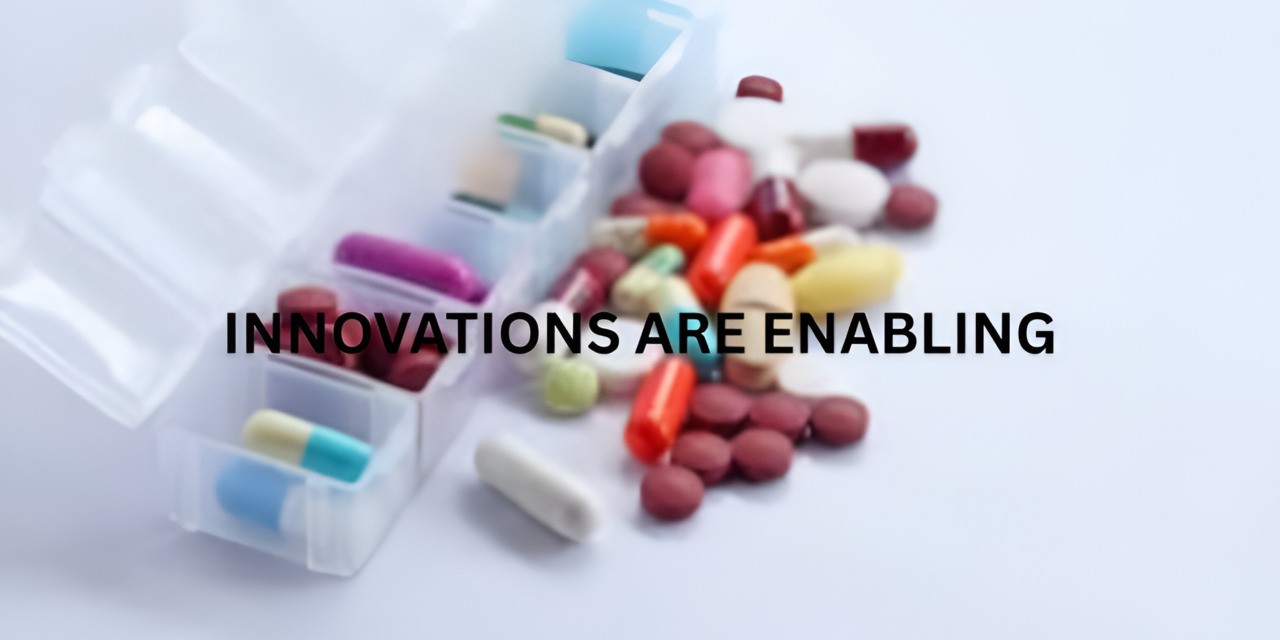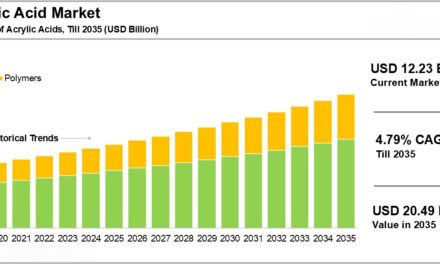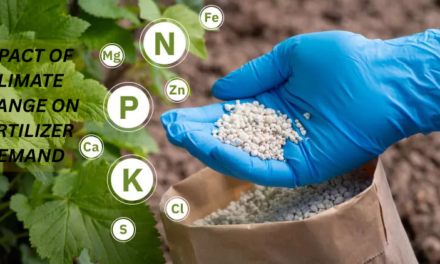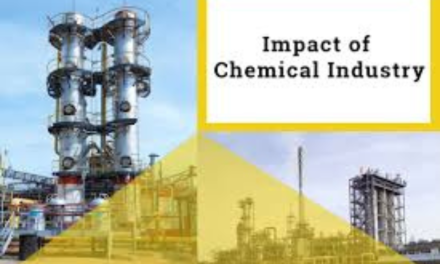Innovations in drug formulation are enabling the development of more stable drugs, which enhances their efficacy, shelf life, and patient compliance. Stability is a critical aspect of pharmaceutical development, as it ensures that drugs maintain their potency, safety, and integrity throughout storage and use. Below are the key innovations driving advancements in drug stability:
1. Advanced Drug Delivery Systems
- Lipid Nanoparticles (LNPs):
- Encapsulate active pharmaceutical ingredients (APIs) to protect them from environmental degradation (e.g., oxidation, hydrolysis).
- Example: LNPs stabilize mRNA in vaccines like Pfizer-BioNTech’s COVID-19 vaccine.
- Polymeric Micelles:
- Improve the solubility and stability of hydrophobic drugs by creating a protective micelle environment.
- Controlled-Release Systems:
- Protect APIs from harsh physiological conditions and provide sustained release, reducing degradation.
- Example: PLGA-based microspheres for peptide and protein delivery.
2. Solid-State Chemistry
- Co-Crystals:
- API molecules are combined with co-formers to enhance stability, solubility, and mechanical properties.
- Example: Sacubitril-valsartan co-crystals improve stability in antihypertensive medications.
- Amorphous Solid Dispersions:
- Stabilize APIs by dispersing them in a polymer matrix, preventing crystallization and degradation.
- Polymorph Engineering:
- Selecting or designing stable polymorphic forms of APIs to reduce susceptibility to environmental factors.
3. Protective Excipients
- Antioxidants:
- Protect APIs from oxidative degradation by scavenging free radicals.
- Example: Vitamin E derivatives in formulations prone to oxidation.
- Stabilizers:
- Chelating agents like EDTA reduce metal-catalyzed degradation.
- Bulking Agents:
- Protect sensitive APIs in freeze-dried formulations, improving stability.
4. Nanotechnology Applications
- Nanoencapsulation:
- Encapsulation of APIs in nanocarriers (liposomes, dendrimers) shields them from environmental stressors.
- Nanocrystals:
- Enhance stability by increasing the surface area for rapid dissolution and reducing degradation pathways.
- Example: Nanocrystals of poorly soluble drugs like fenofibrate enhance stability and bioavailability.
5. Stabilizing Proteins and Biologics
- Freeze-Drying (Lyophilization):
- Converts biologics into a stable powder form, preserving structure and activity during storage.
- Example: Lyophilized monoclonal antibodies for long-term storage.
- PEGylation:
- Covalent attachment of polyethylene glycol (PEG) to proteins increases stability by reducing enzymatic degradation.
- Protein Engineering:
- Modifying protein structures to enhance thermal and chemical stability.
6. Innovative Packaging Solutions
- Blister Packaging:
- Provides an airtight and moisture-resistant environment for tablets and capsules.
- Active Packaging:
- It incorporates desiccants or oxygen scavengers to control moisture and oxygen levels.
- Cold Chain Innovations:
- Advanced insulation materials and real-time monitoring systems improve the stability of temperature-sensitive drugs.
7. Stabilization of Liquid Formulations
- Buffered Solutions:
- Maintain optimal pH to reduce degradation rates.
- Cryoprotectants and Lyoprotectants:
- Protect liquid formulations during freezing and freeze-drying processes.
- Example: Trehalose and sucrose stabilize vaccines and biologics.
8. Computational Modeling and Predictive Tools
- Stability Prediction Models:
- AI and machine learning predict the degradation pathways and stability of APIs under different conditions.
- Molecular Dynamics Simulations:
- Help optimize formulations by understanding API-excipient interactions.
9. Spray Drying Technology
- Rapid Drying:
- Converts APIs into dry powder forms that are more stable than liquid formulations.
- Example: Spray-dried inhalation powders for asthma medications.
- Encapsulation:
- Protects APIs from light, heat, and moisture during storage.
10. Integration of Biocompatible Polymers
- Polymer Coatings:
- Protect APIs from environmental factors and provide controlled release.
- Example: Enteric coatings protect acid-sensitive drugs like proton pump inhibitors from stomach acid.
- Hydrogels:
- Stabilize APIs in controlled-release systems, maintaining consistent drug activity over time.
11. Alternative Solvents
- Ionic Liquids:
- Used as solvents for APIs to enhance chemical stability and reduce degradation.
- Supercritical Fluids:
- Improve the solubility and stability of APIs during formulation.
- Green Solvents:
- Environmentally friendly solvents that minimize degradation and environmental impact.
12. Targeted Use of Preservatives
- Broad-Spectrum Preservatives:
- Prevent microbial growth in multi-dose liquid formulations.
- Example: Benzalkonium chloride in ophthalmic solutions.
- Natural Preservatives:
- Plant-derived stabilizers like tocopherols reduce chemical instability and environmental concerns.
13. Genetic Approaches for Stability
- Genetically Modified Strains:
- Used to produce APIs with enhanced stability profiles.
- Example: Stable production of recombinant proteins through optimized microbial strains.
14. Regulatory and Industry Collaboration
- ICH Guidelines:
- Standardized protocols for stability testing (e.g., ICH Q1A for stability studies).
- Industry Standards:
- Adoption of best practices in stability testing ensures robust formulation designs.
15. Multi-Dose vs. Single-Dose Optimization
- Single-Dose Innovations:
- Eliminates preservatives and stabilizers required for multi-dose vials.
- Impact:
- Reduces degradation risks associated with repeated exposure to environmental factors.
Conclusion
The pharmaceutical industry is leveraging cutting-edge technologies and innovative approaches to enhance the stability of drug formulations. These advancements ensure that drugs remain effective and safe throughout their lifecycle, reducing waste and improving patient outcomes. Continued integration of predictive tools, novel materials, and regulatory alignment will further drive progress in stabilizing drug formulations.
Hashtags
#DrugFormulation #StableDrugs #PharmaFormulations #AdvancedPharma #FormulationInnovation #StablePharmaceuticals #FormulationTechnology #DrugStabilitySolutions #InnovativeFormulations #PharmaStability#NanoFormulations #TechInPharma #PharmaR&D #DrugDeliveryTech #AdvancedDrugDesign #SustainablePharma #EcoFriendlyFormulations #GreenPharmaInnovation #EfficientFormulationTech #SustainableSolutions

















